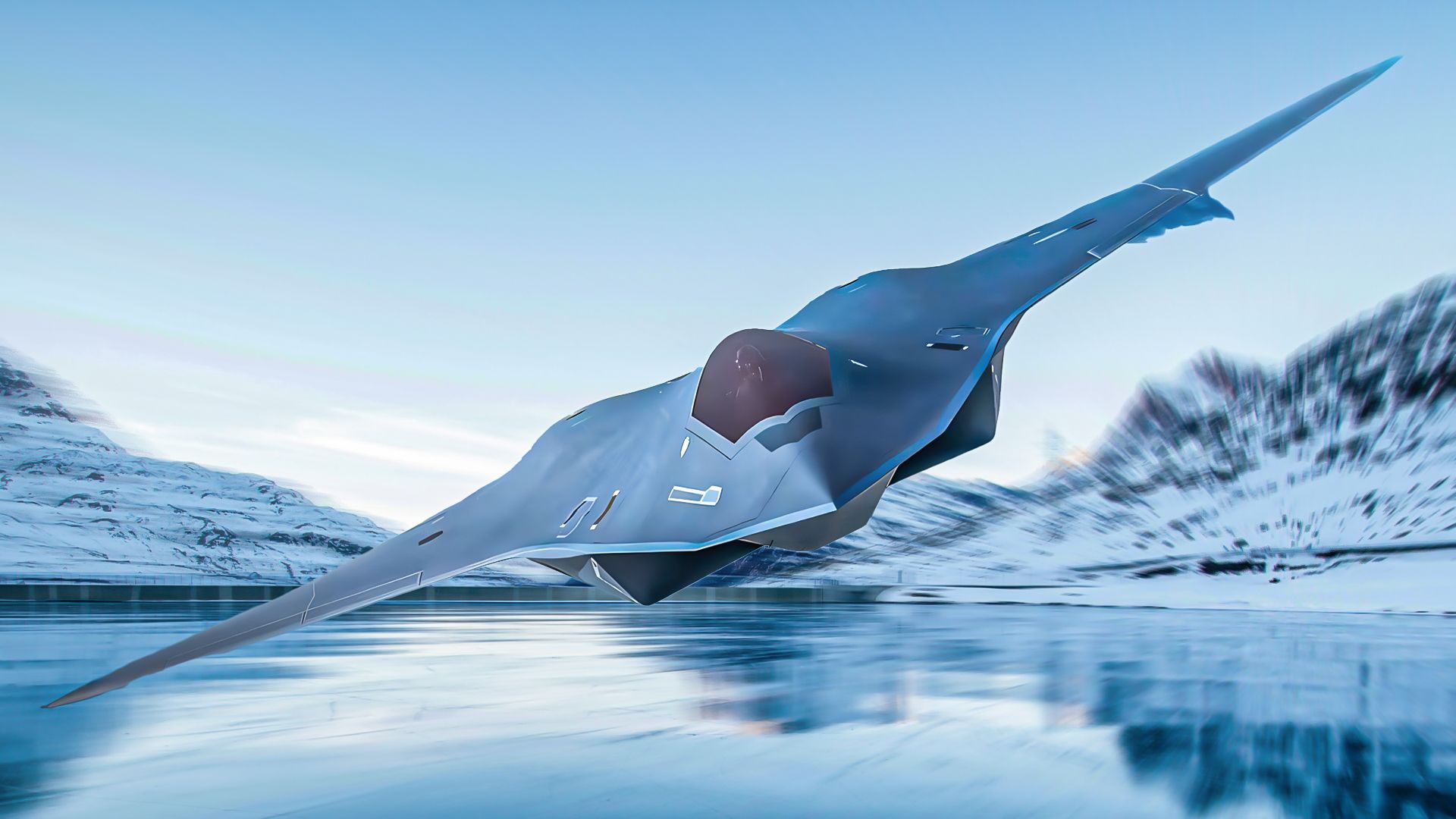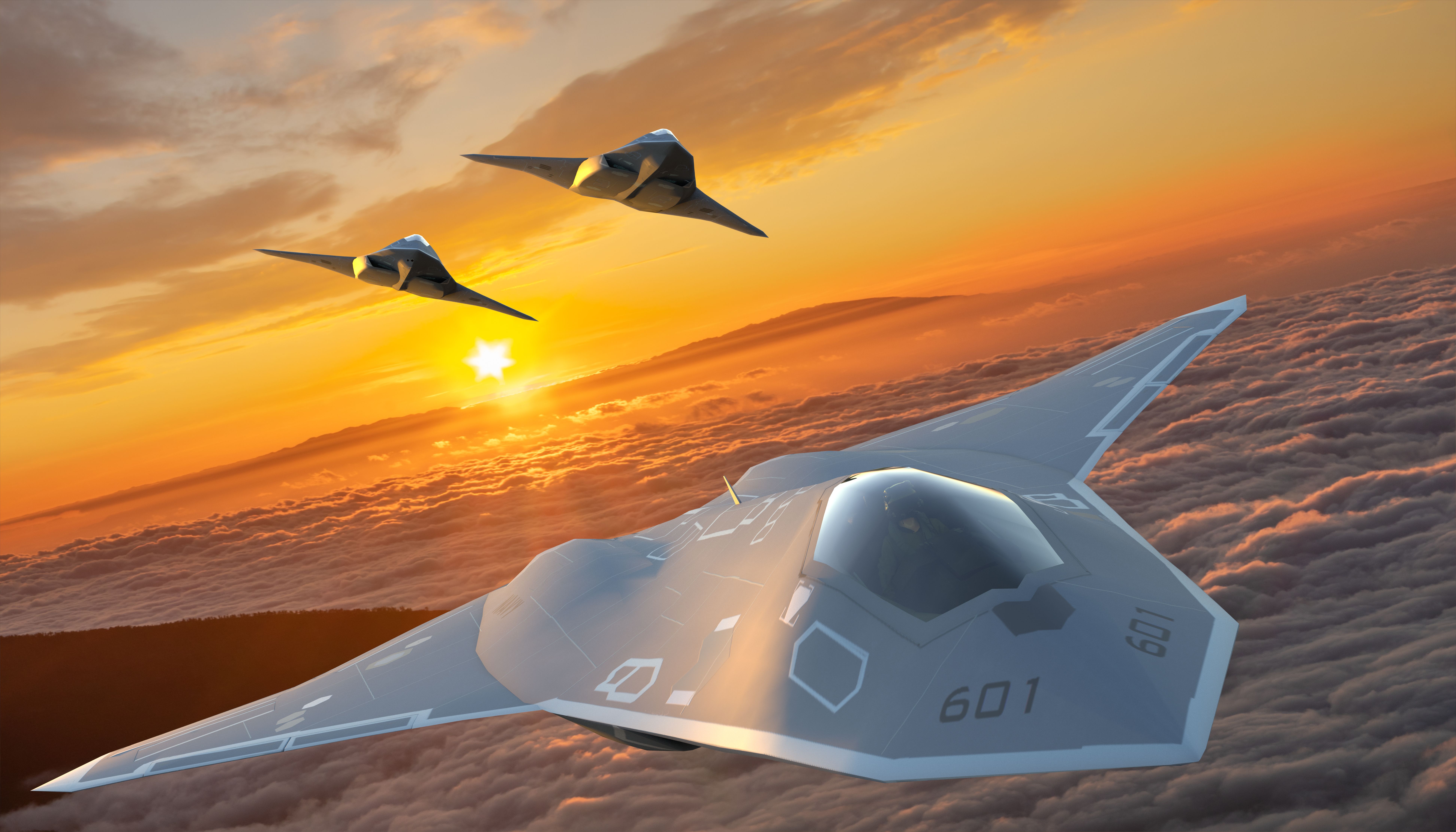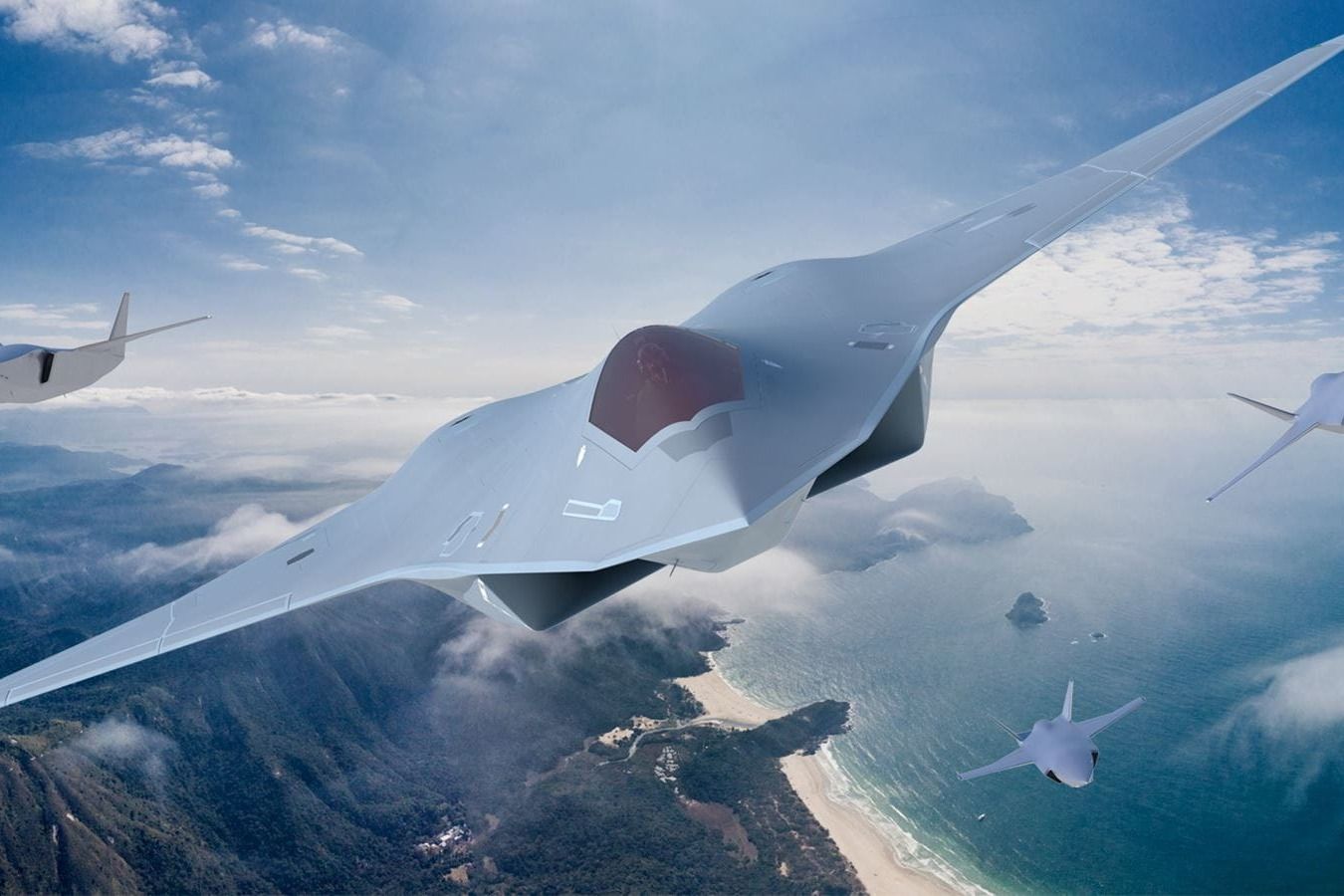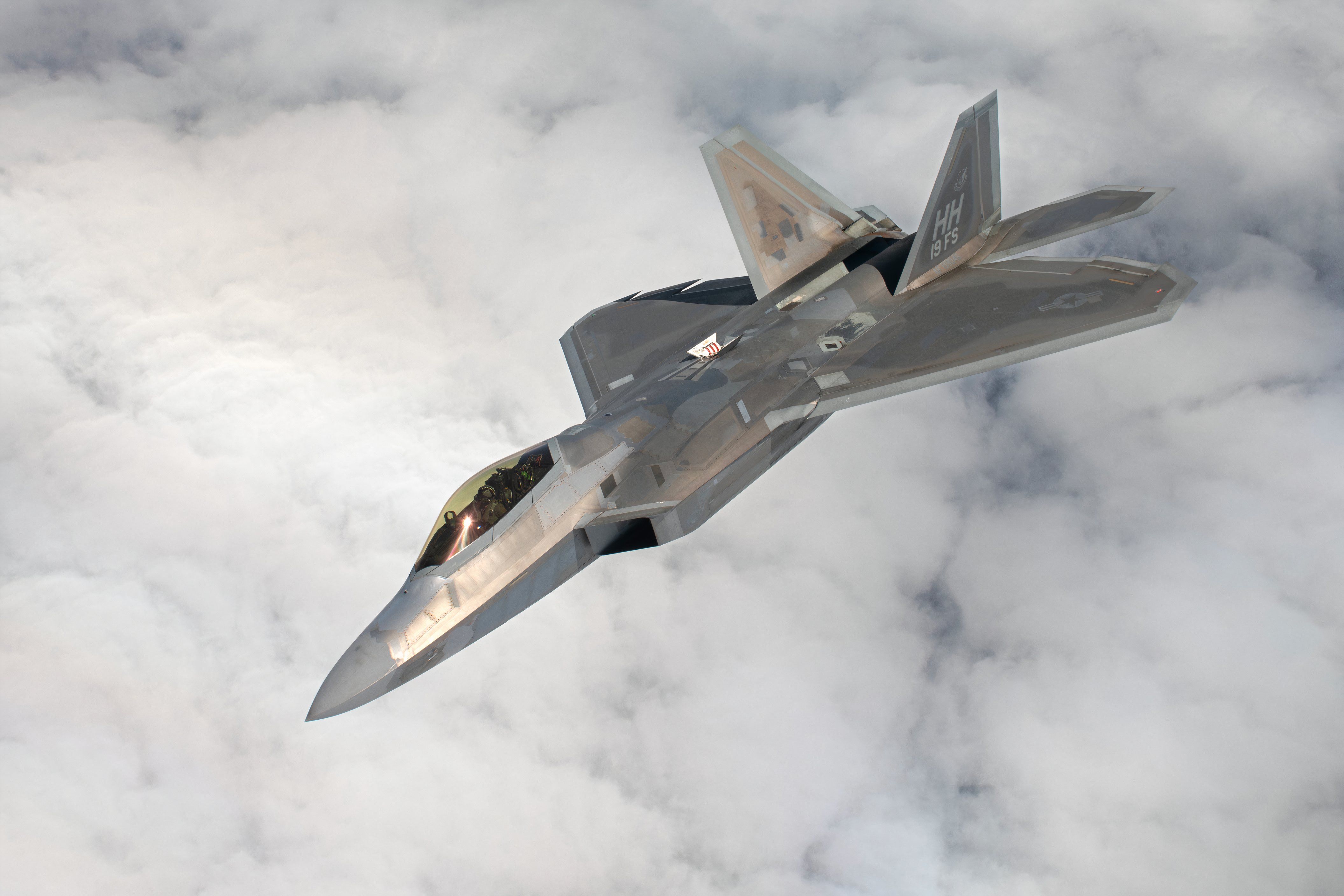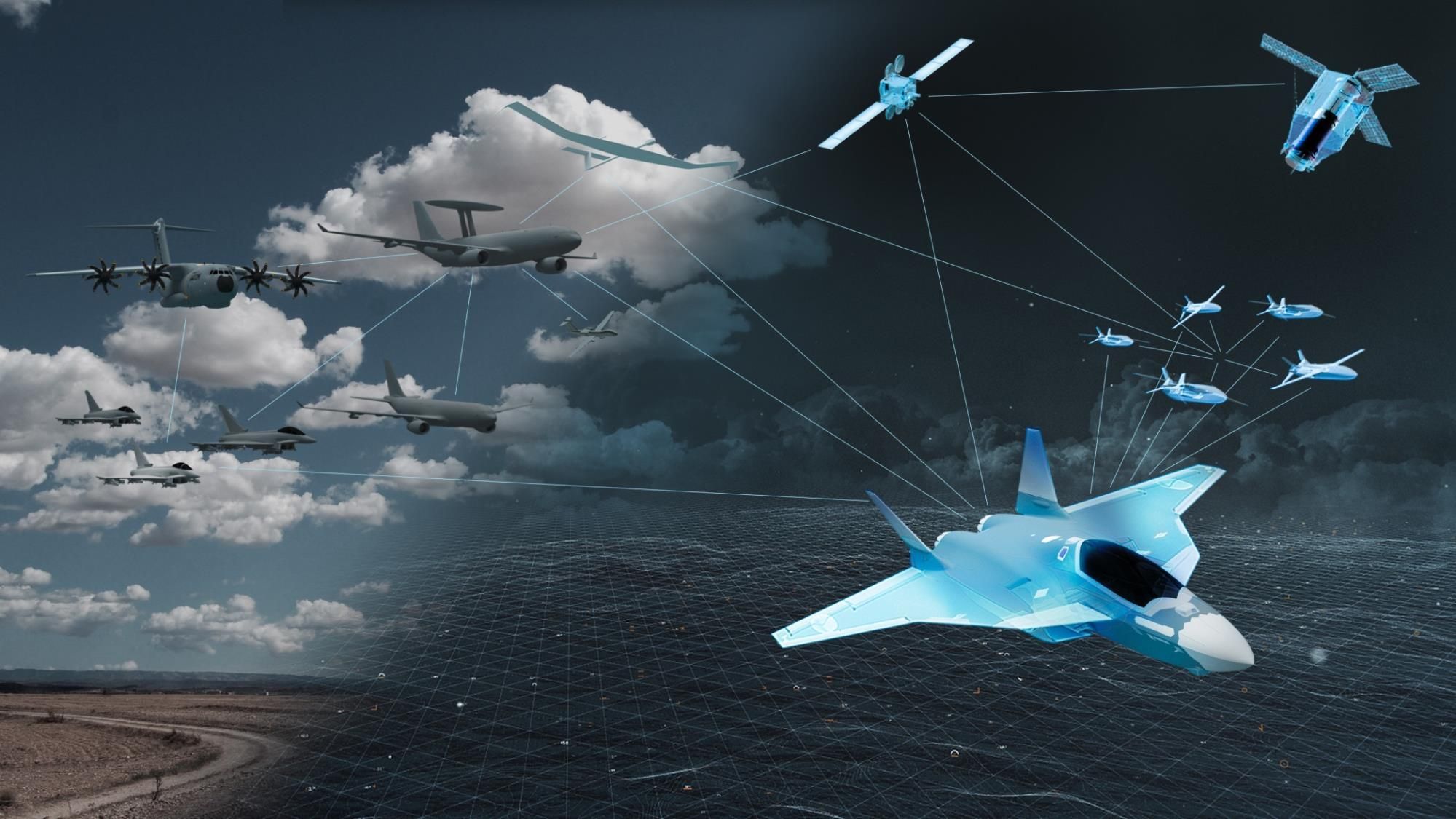Summary
- NGAD may not be exported due to concerns of advanced technology falling into the wrong hands, but export remains uncertain.
- Only about 200 NGADs are planned, so they will be produced in low numbers.
- Although drones may be exported, past data suggests that the US may retain NGAD for itself.
Development work is progressing on the sixth-generation NGAD fighter jet and its associated collaborative combat aircraft (aka loyal wingman drones). The platform is expected to come into US Air Force service around 2030 (the separate Navy F/A-XX fighter jet is likely to follow a few years later). But will the United States export the NGAD fighter or will it keep it for itself? Just as there are reasons the F-22 Raptor was never exported, there are also reasons why NGAD might not be.
Why NGAD might not be exported
NGAD is to be a system of systems – an air dominance fighter unmatched in the world today. It would make some sense that the United States may not want to export its most advanced jet. Exporting technology opens it up to compromise and the technology to fall into the wrong hands. No matter how close or trusted a US ally may be, once it is operated by another nation, the risk of a country like Russia or China gaining access to the platform increases for a number of reasons.
Photo: Mike Mareen | Shutterstock
|
NGAD 6th-generation fighter |
|
|---|---|
|
Customer: |
US Air Force |
|
Number planned: |
Approx. 200 |
|
Cost: |
“Multiple hundreds of millions of dollars” |
|
Planned service date: |
2030 |
|
Role: |
Multi-role, air superiority, “system of systems” |
NGAD is still in its early days, but for now, there seems to be no indication that the NGAD will exported. NGAD will include both a manned jet and loyal wingman drones. A separate discussion is whether the US will export the jets or the drones.
Sixth-generation fighters will only be produced in historically small numbers. They are just too complex and expensive to purchase en masse. The number of NGADs the Air Force is planning to purchase is not yet known, but it is believed to be around 200. This is a low number compared to the 1,763 F-35s the Air Force plans to purchase or the over 2,000 F-16s it purchased.
Photo: Collins Aerospace
Breaking Defense reported Malcolm Davis of the Australian Strategic Policy Institute as saying, “It’s uncertain whether the US will export NGAD.” He noted that this may create an opportunity for other countries (like the British and Japanese with their jointly produced jet) to export to other nations.
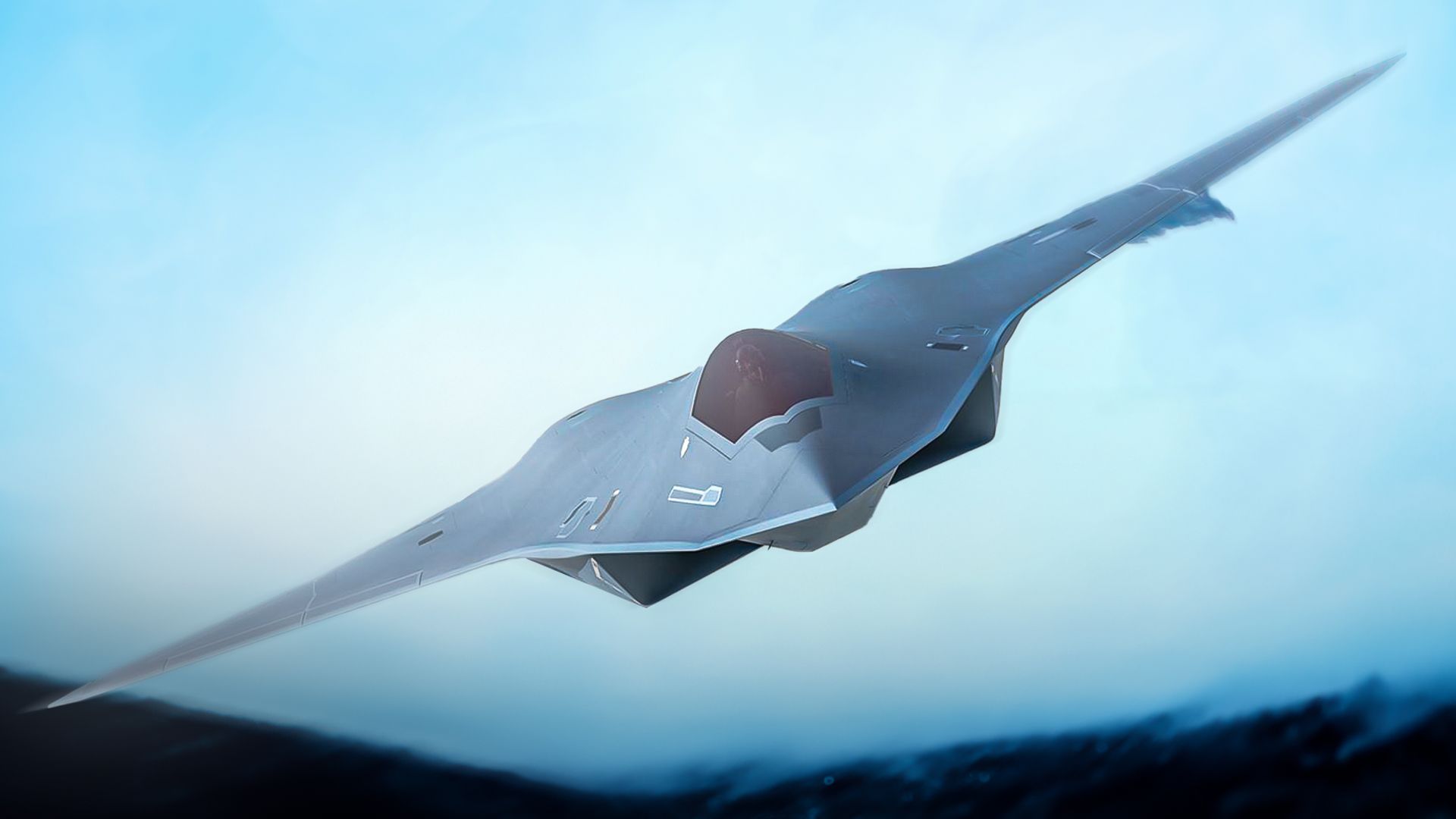
Related
How Much Does It Cost To Develop US Air Force 6th Generation Fighter Jets?
An individual NGAD fighter is expected to cost hundreds of millions of dollars dwarfing the cost of an F-35.
Collaborative Combat Aircraft (drones) may be exported.
While it is arguably unlikely the US will export the manned fighter, it does appear it will export the drones. Aviation Week reported that the “leaders of the U.S., Australian, and Japanese militaries on May 2 signed an agreement to increase discussion on future programs, namely upcoming Collaborative Combat Aircraft (CCA), as the U.S. Air Force is refining its requirements for the program.”
Inside Defense reported, “The United States, Japan, and Australia have inked a “landmark” agreement to explore trilateral cooperation on efforts to develop collaborative combat aircraft, autonomous systems, and composite aerospace materials, the latest development in a growing three-way compact between Washington, Tokyo, and Canberra.”
The full text of the agreement has not been made public, and it is unclear if the CCA reported here are the same ones being developed for the NGAD system. The development of the CCA is progressing rapidly, and recently, General Atomics, with its QX-67 drone, and Anduril, with its Fury, have been greenlit to continue onto the next stage of development.
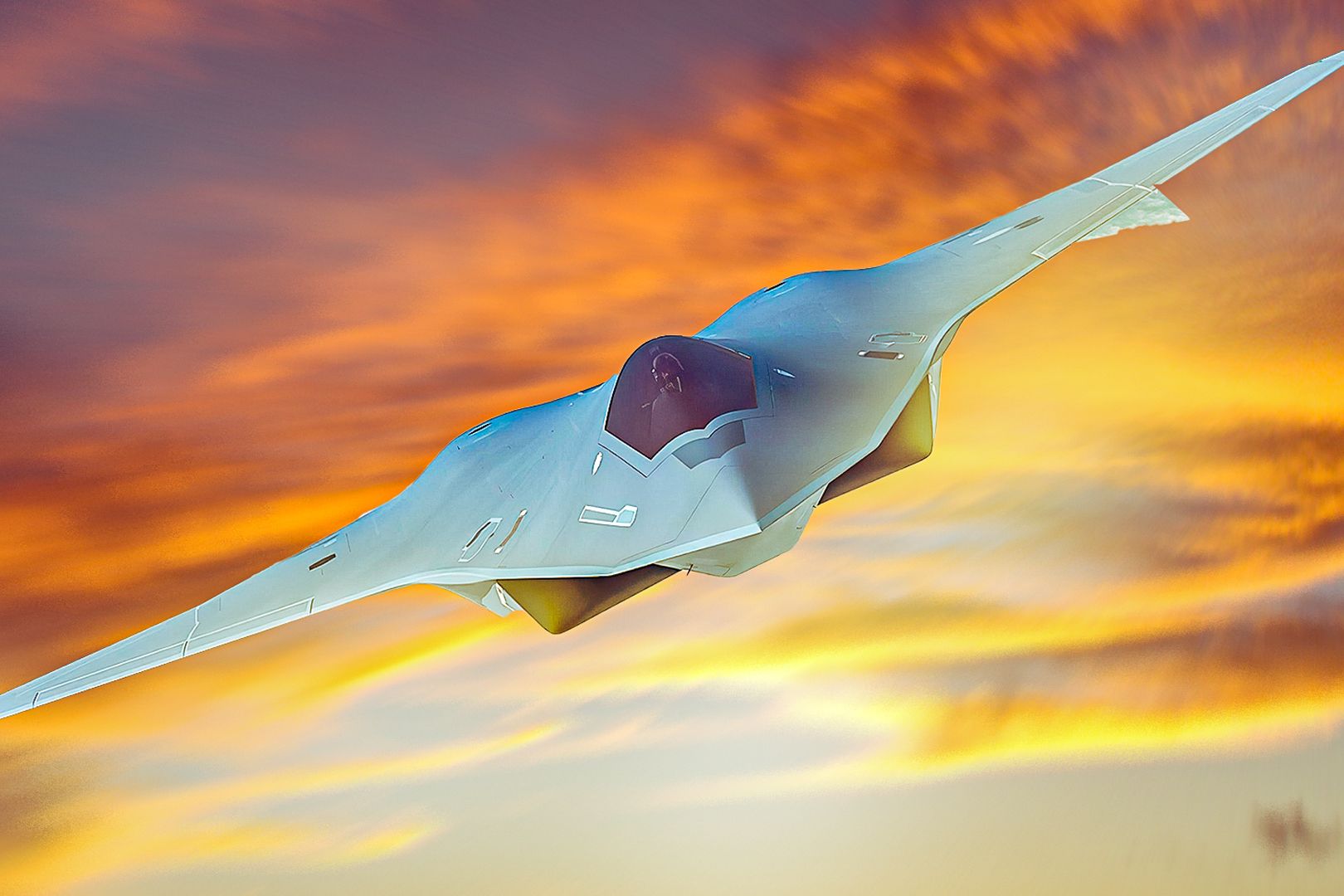
Related
5 Fast Facts About 6th Generation Fighter Jets
Most envisioned technologies for sixth-generation fighters have yet to be made available.
Precedent for export-restriction
A notable example in recent history where the US restricted exports include the F-22 Raptor. To this day, only the US Air Force operates the Raptor, and consequently, the US is without a peer in air-to-air combat (with some question marks over the performance of the Chinese J-20).
Photo: USAF
|
F-22 Raptor |
|
|---|---|
|
Introduction: |
2005 |
|
Number produced: |
187 (serial aircraft) |
|
Operator: |
US Air Force |
|
Number in service: |
Approx. 183 (around 120 combat capable) |
|
Note: |
Around a third used for training |
However, by not exporting the Raptor, orders were lower, production costs were higher, and this contributed to the project’s early cancelation. It should also be noted that the Chinese have also restricted the export of the J-20.
Precedent for exporting
The US’s other 5th-generation fighter jet, the F-35, is very much exported. It is now by far the most numerous and popular 5th-generation fighter jet in the world. However, it should be noted that the jet was designed in partnership with other nations. Other nations contributed to its development and now its production. There is no indication that the US is partnering with other nations to develop the NGAD fighter.
|
F-35A export countries: |
Australia, South Korea, Israel, Norway, Denmark, Belgium, Greece, Canada, Germany, Poland, others |
|---|---|
|
F-35A primary operator: |
US Air Force |
|
F-35B export countries: |
United Kingdom, Japan, Italy |
|
F-35B primary operator: |
US Marine Corps |
|
F-35C export countries: |
none |
|
F-35C primary operator: |
US Navy |
Other nations plan to export their future 6th-generation fighters (like the BAE Tempest). However, next-generation fighter jets are now so complex that it is no longer feasible for countries to develop them alone (except for the US and China and maybe one or two other countries).
Photo: Airbus
Countries like France, the United Kingdom, and Japan can’t purchase enough jets for their own militaries to justify their development. So, they must collaborate and export the jets. Put another way, these countries can only realistically produce 6th-gen jets if they export them. The US is perhaps one of only two countries (depending on the future abilities of Russia and India) that have the luxury of choosing to develop it and keep it to themselves.
